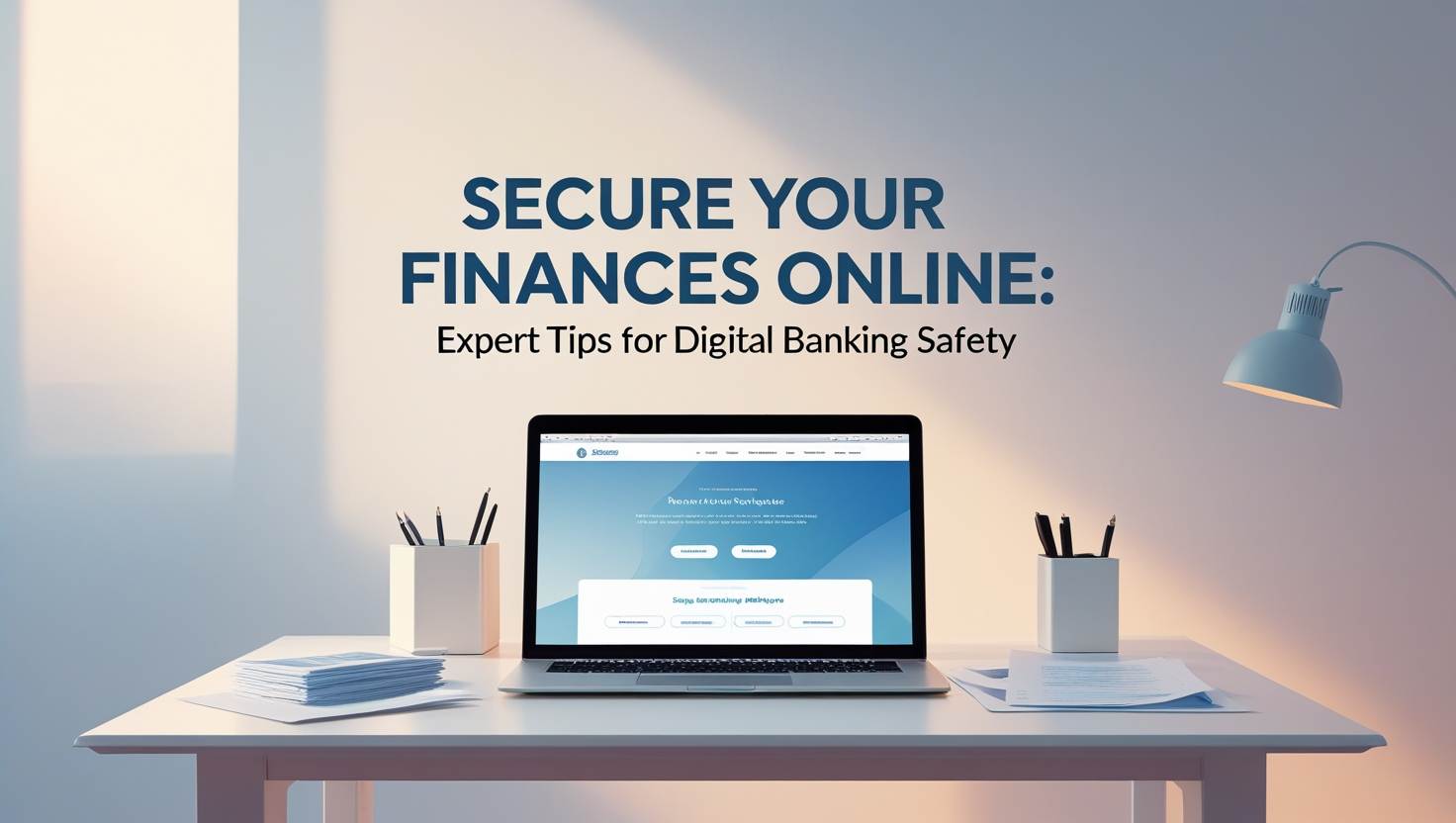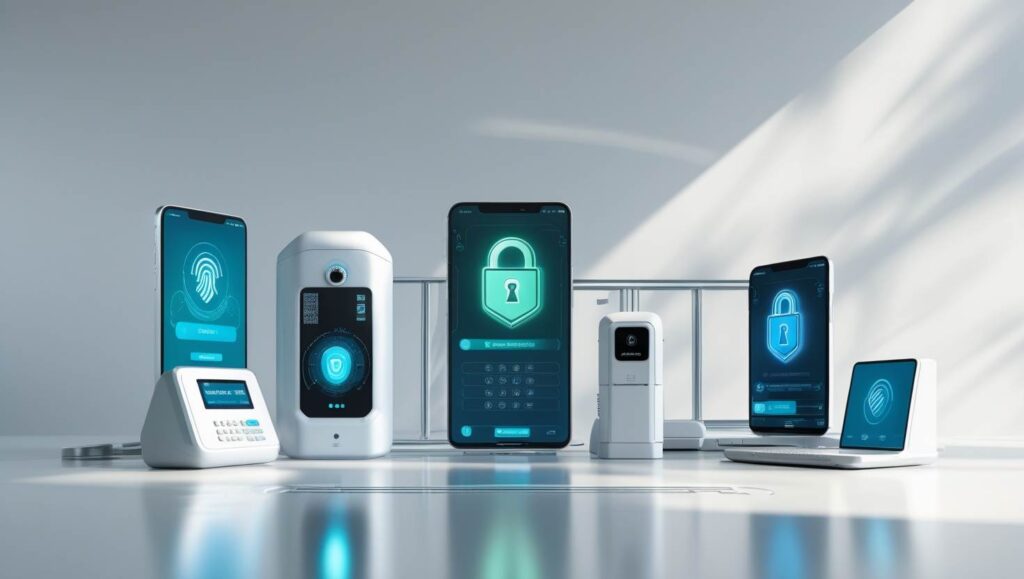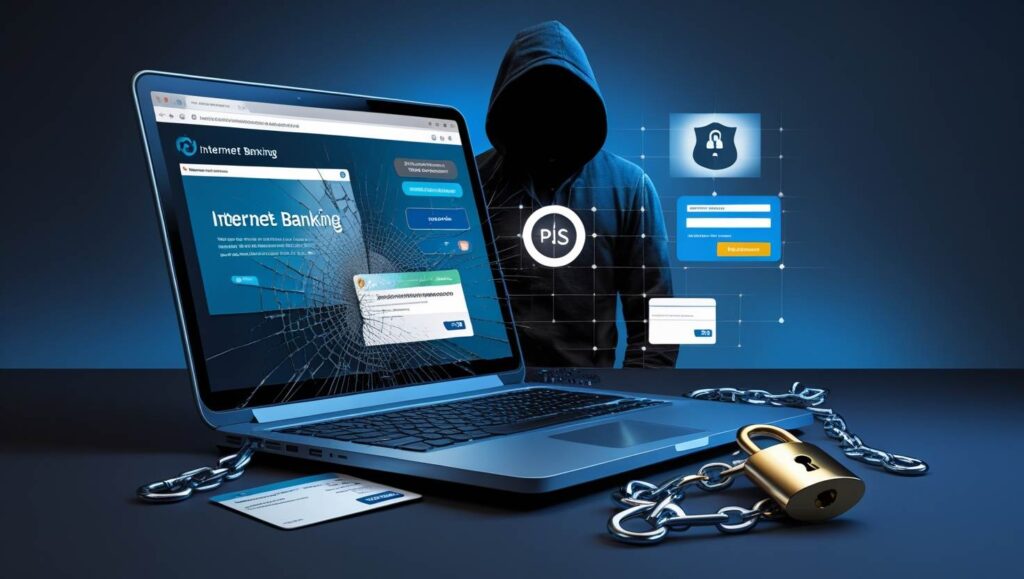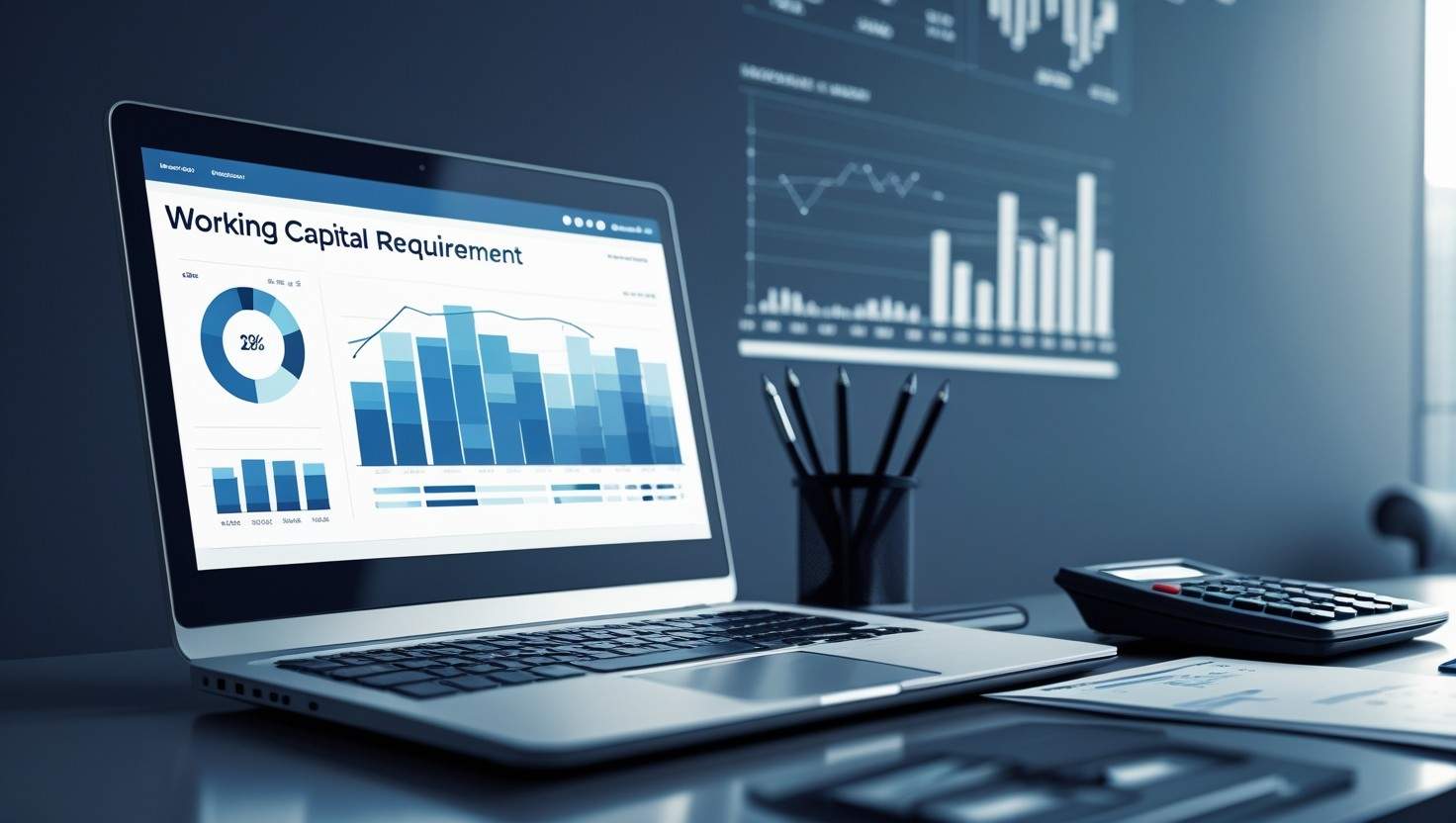
How we handle our money has changed significantly as we embrace the digital era. Due to its unmatched speed and simplicity, digital banking has become crucial to our regular financial activities. However, security becomes a top priority as our financial and personal data is kept online. To provide you peace of mind as you manage your finances, this article will examine how digital banking platforms protect your money online.
With its many advantages over traditional banking services, digital banking has completely changed how we interact with financial institutions. The convenience of digital banking is by far its greatest benefit. Digital banking enables you to access your accounts and conduct financial activities from any location with an internet connection, whether at home, in a coffee shop, or traveling overseas.
Digital Banking’s Benefits
The days of waiting in line at a bank or modifying your schedule to accommodate banking hours are long gone. With digital banking, customers may access their financial information in real-time, enabling them to make prompt, well-informed decisions. Everything can be done with a single click, including paying payments, transferring money between accounts, and checking your account balance.
Additionally, unlike traditional banking services, which are restricted to certain hours, digital banking is frequently accessible around the clock. Because of its accessibility, you can keep a close eye on your financial actions and balance, which always keeps you informed. The ease of use also extends to mobile devices, where apps offer smooth user interfaces for on-the-go money management.
Overview of Online Security in Digital Banking
Security is crucial as digital banking expands. When we conduct financial transactions online, we run the danger of identity theft, phishing schemes, and virus assaults. These risks have the potential to jeopardize individual privacy and, in certain situations, result in significant monetary damages. In response, digital banking companies have implemented cutting-edge security features that help protect consumers’ money.
Safeguarding sensitive data, such as login credentials, bank account numbers, and personal identity information, is a major worry regarding online banking. Digital banking platforms must be ahead of the curve since cybercriminals always change their strategies to exploit weaknesses. Fortunately, digital banks are investing significantly in cutting-edge technology and strong encryption procedures to guarantee the security of their customers’ financial information.
Typical Risks in Internet Banking

Digital banking has many advantages, but there are risks as well. Being aware of these risks is crucial to safeguarding your money. The following are a few of the most frequent risks associated with online banking:
- Phishing: Scammers use phishing to pose as trustworthy individuals or reputable organizations in an effort to obtain personal data. These attempts may appear as text messages, emails, or even phony websites that mimic those of your bank. If users inadvertently enter their login credentials or personal information on these websites, fraudsters can access their bank accounts or steal their identities.
- Malware: Your devices may become infected with malicious software or malware, which might jeopardize the security of your online banking sessions. Malicious programs, corrupted websites, or contaminated email attachments can all be used to install malware. Once installed, malware can allow hackers access to your bank accounts, record your keystrokes, and steal confidential information.
- Theft of Identity: Identity theft is a common practice among cybercriminals, who use stolen data to register new accounts, access personal bank accounts, or apply for loans in the victim’s name. If appropriate measures aren’t taken, online banking makes it simpler for thieves to obtain and misuse private information.
Protecting your online banking experience begins with being aware of these hazards. Maintaining the security of your finances as a user depends on your awareness of these hazards and your proactive measures to protect yourself.
Value of Safe Browsing Practices and Secure Internet Connections
Having a secure internet connection is essential when using your bank account online. Despite their convenience, public Wi-Fi networks should be avoided while accessing sensitive data because they are susceptible to assaults. Hackers can readily intercept data on unprotected networks and obtain your personal bank account information.
Using a secure internet connection, whether your home Wi-Fi or a reliable cellular network, is crucial to protecting your finances. A virtual private network (VPN) offers an extra layer of security by encrypting your internet traffic and protecting your data from prospective hackers. A VPN is quite helpful when using shared networks or public locations to access your accounts.
Safe browsing practices are crucial, in addition to having a secure internet connection. Exercise caution when using emails, links, and web pages. Phishing efforts frequently employ misleading links to fool you into providing personal information. Before exchanging personal information or clicking on links, always confirm the source’s reliability. An additional degree of protection is added when browsing the internet by making sure the website you are on is secure (check for “https” in the URL and a padlock icon).
Digital Banking’s Advanced Security Features

To give their users a safer experience, digital banking platforms keep improving their security measures. Among the cutting-edge security measures are:
- The process of biometric authentication: Nowadays, many online banks employ biometric verification, like facial recognition or fingerprint scanning, to ensure that only people with permission can access their accounts. This technique is more secure than conventional passwords and can keep unwanted users out.
- Technologies for encryption: Data encryption is an important component of internet security. When you conduct transactions online, your sensitive information is encrypted before being sent over the Internet. This implies that your data will be unreadable and unusable even if intercepted.
- Using Machine Learning to Identify Fraud: Digital banks use machine learning algorithms to identify anomalous account activity trends. By studying real-time transaction behavior, these systems can identify potentially fraudulent activity and initiate alerts or automated protections to protect users’ accounts.
These technologies and frequent security audits and updates guarantee that digital banking platforms keep up with the ever-evolving cybersecurity threats.
Two-Factor Authentication’s Contribution to Online Transaction Security
In contemporary digital banking, two-factor authentication (2FA) is one of the most crucial security elements. It requires users to supply two pieces of information to confirm their identity—something they have (like a unique code texted to their phone) and something they know (like a password), offering additional security.
A bad actor won’t be able to access your account without the second factor of authentication, even if they manage to get your password through phishing or a data breach. This considerably lowers the possibility of unwanted access to your bank account. To give consumers an extra layer of security whenever they interact online, 2FA is increasingly used on digital platforms, such as social media accounts, email services, and online retail sites.
How Digital Banking Secures Your Money
Digital banking services use numerous security precautions to safeguard your funds. Two-factor authentication (2FA) safeguards unwanted users from accessing your account, even if your password is hacked. Many online banks employ encryption, biometric verification, and real-time fraud monitoring systems to safeguard your private financial information and transactions.
Digital banks frequently provide real-time account activity monitoring and instant transaction warnings to improve security. You can take action before the damage is done by using these alerts to identify fraudulent transactions early.
Digital banking systems also take precautions by using regulated and safe data storage techniques. Every sensitive piece of information, including transaction history and private data, is safely kept in accordance with legal requirements and industry standards. This guarantees that your data is managed in a way that respects your privacy and is safe from online threats.
Advice for Customers on How to Protect Their Money Online

We have a responsibility as consumers to safeguard our financial data. The following useful advice can help you protect your money while you shop online:
- Regularly update your passwords: Your passwords for all online banking accounts should be strong and unique. To create and save secure passwords, consider using a password manager rather than repeating them on different websites.
- Turn on two-factor verification: When 2FA is available, always activate it. It is far more difficult for unauthorized individuals to access your account when you take this extra precaution.
- Keep an Eye on Your Account Activity: Check your accounts for unusual transactions and immediately notify your bank if you see anything unusual.
- Install the latest security updates: Update your apps and devices with the most recent security patches. These upgrades frequently address security flaws that hackers might use against you.
- Watch Out for Scams: Never give out personal information over the phone or via email unless you believe the request is legitimate. Also, watch out for fraudulent attempts to steal your data, such as phishing scams.
- Use Trusted Security Software: Install trustworthy security software on your devices to guard against malware and other online dangers.
The Value of Secure Online Banking
Security in online banking is crucial for user protection and preserving the financial system’s integrity. Strong security protocols contribute to developing consumer trust, guaranteeing that people are comfortable utilizing digital banking services for all their financial requirements.
By providing safe, encrypted transaction settings, digital banking systems establish a trustworthy atmosphere where customers can confidently handle their money without worrying about data breaches or illegal access. It is impossible to overestimate the importance of security in online banking since it is essential to the expansion and uptake of digital financial services.
Rules and Adherence in Online Banking
Digital banking is governed by a strong regulatory framework that protects customers and maintains the financial system’s stability. Regulations address a number of topics, such as cybersecurity best practices, anti-money laundering (AML) requirements, and data protection regulations. The purpose of these rules is to protect consumers’ financial and personal data and stop fraud.
Financial institutions must keep abreast of changing rules as digital banking continues to expand and become compliant. Knowing that digital banks are governed by stringent regulations safeguarding their data and maintaining the system’s integrity gives customers peace of mind.
User Education’s Function in Internet Security
Digital banking platforms implement advanced security features, but user education is just as important. Customers need to be taught safe online banking techniques, like how to spot phishing efforts, create secure passwords, and guard against viruses on their devices.
Customers can help safeguard their funds and reduce the dangers connected with digital banking by remaining aware and adhering to best practices for online security. Financial organizations must continue to give their clients educational materials so they can protect their money.
Digital Banking Security’s Future
The risks to the security of digital banking and technology are always changing. We may anticipate even more advanced security measures in the future, such as detecting and preventing Fraud through machine learning and artificial intelligence. Furthermore, blockchain technology can revolutionize security by offering more transparent and safe ways to carry out financial transactions.
The security of digital banking has a bright future, and thanks to ongoing innovation, customers should anticipate even more frictionless and safe financial experiences.
Conclusion
While digital banking provides unparalleled ease, security must be a top priority. Modern banking platforms offer the features and tools you need to safeguard your finances in the digital age. You can confidently handle your financial journey without worrying about security threats if you use secure platforms, stay informed, and adopt safe practices. With secured banking platforms, embrace the banking of the future, where convenience and security coexist.





